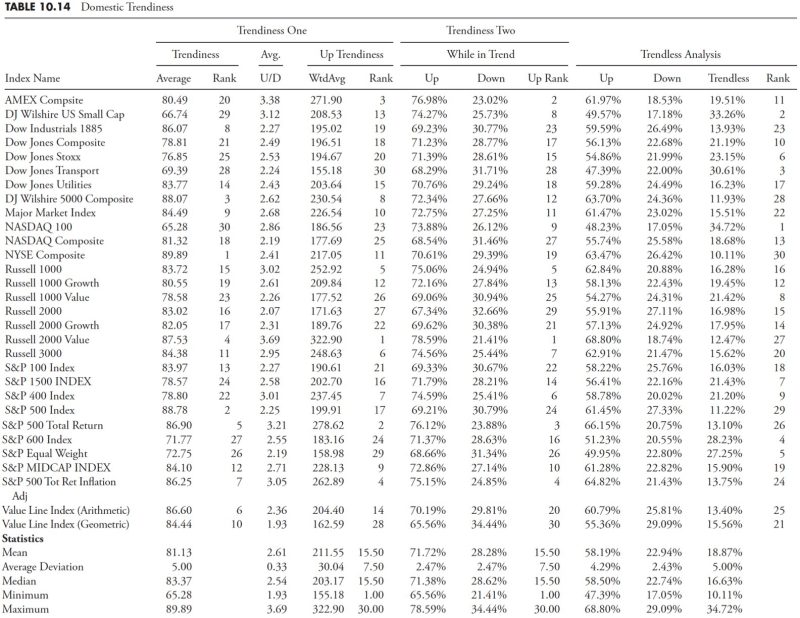In the previous articles, we delved into the importance of conducting trend analysis in market research and how it can provide valuable insights for businesses. Continuing our exploration of trend analysis, we will now focus on specific methodologies and tools that can be employed to effectively identify and analyze trends in various industries.
1. Data Visualization Tools:
One of the most powerful ways to analyze trends is through the use of data visualization tools. These tools allow businesses to present complex data in a visually appealing and easily understandable format. By employing techniques such as line charts, bar graphs, and heat maps, analysts can visually track trends over time and identify patterns that may not be immediately apparent in raw data.
2. Social Media Listening:
With the ever-increasing influence of social media on consumer behavior, social media listening has become a critical tool for trend analysis. By monitoring conversations, mentions, and sentiments on platforms such as Twitter, Facebook, and Instagram, businesses can gain real-time insights into emerging trends, customer preferences, and competitive landscapes. Analyzing social media data can help businesses stay ahead of the curve and adapt their strategies accordingly.
3. Sentiment Analysis:
In addition to monitoring social media conversations, sentiment analysis can provide deeper insights into customer perceptions and attitudes towards specific products, brands, or industry trends. By employing natural language processing algorithms, businesses can categorize and analyze sentiment from customer reviews, feedback, and online discussions. Understanding customer sentiment is essential for making informed business decisions and developing effective marketing strategies.
4. Trend Spotting:
Trend spotting involves actively scanning the market for early indicators of emerging trends and opportunities. This proactive approach to trend analysis requires businesses to monitor industry publications, attend conferences, and engage with thought leaders to stay informed about the latest developments in their field. By identifying and capitalizing on emerging trends before they become mainstream, businesses can gain a competitive advantage and drive innovation within their industry.
5. Cross-Industry Analysis:
While it’s crucial to focus on trends within your specific industry, analyzing trends across different sectors can also yield valuable insights. By observing how trends in one industry impact others, businesses can identify potential opportunities for collaboration, innovation, or diversification. Cross-industry analysis can provide a broader perspective on market dynamics and help businesses anticipate future trends and disruptions.
In conclusion, effective trend analysis is essential for businesses looking to stay competitive and innovative in today’s fast-paced market landscape. By leveraging data visualization tools, social media listening, sentiment analysis, trend spotting, and cross-industry analysis, businesses can gain a comprehensive understanding of market trends and consumer behavior. Embracing these methodologies and tools can empower businesses to make informed decisions, drive strategic growth, and capitalize on emerging opportunities in their respective industries.
